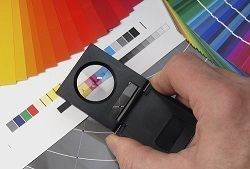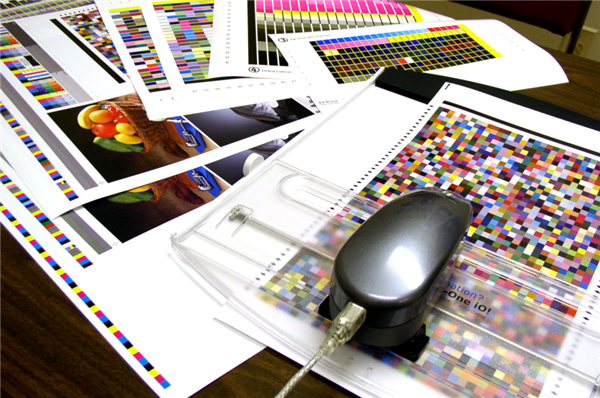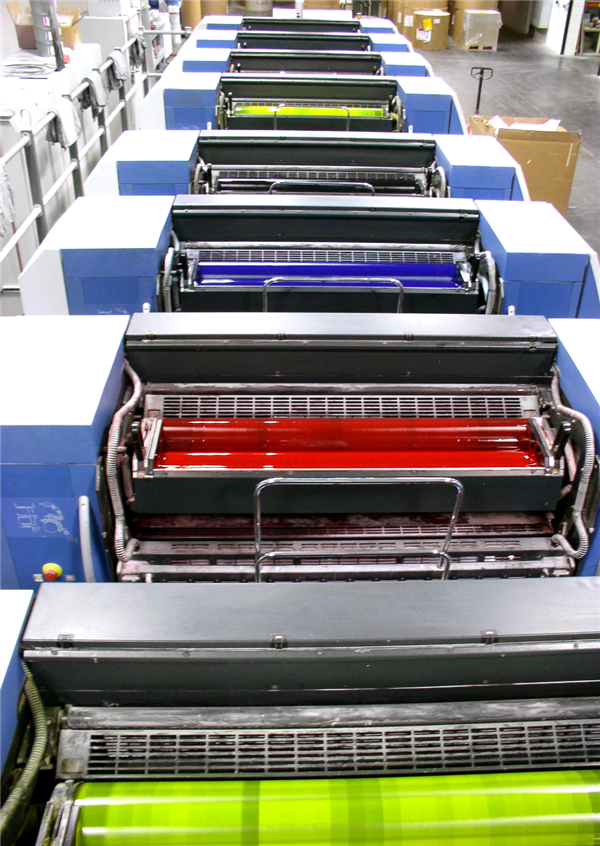Understanding Color
The World of Color and How it Affects Print
When it comes to print it’s important to know everything you need to know about color. As Milwaukee’s leading printing company, we have put together common color terms used in the print industry. Turn to Ries Graphics for all your printing needs and queries - color is our expertise and serving you is our priority.
 Pantone Matching System
Pantone Matching System
The Pantone Matching System (PMS) is a color standard system where colors across the spectrum can be identified by a unique, independent number. The use of Pantones allow a variety of industries to precisely match colors and maintain color consistency throughout the printing process.
CMYK Color
CMYK (cyan, magenta, yellow, black) refers to the 40-color printing process. From magazines and photos to postcards and brochures, majority of printed products is printed from CMYK. Every color can be created from using these four colors and each color hold a value when mixed to create additional colors. The CMYK color process maintains consistency across the board. To ensure maximum accuracy, it’s important to convert colors to CMYK before printing.
 Color Variance from Screen to Print
Color Variance from Screen to Print
Monitors use the RGB (red, green, blue) color model, which usually supports a wider spectrum of colors. Printers use the CMYK (cyan, magenta, yellow, black) color model, which can reproduce most of the colors in the RGB color model. Depending on the print equipment being used, CMYK typically matches 85–90% of the colors in the RGB model.
When a color is selected from the RGB and is out of the CMYK model range, the application will choose what it thinks is the closest matching color. Some programs like Adobe Photoshop allow you to choose which color to replace with while other programs may not.
 The Truth about White
The Truth about White
Because white is the default color of paper, it is simply recognized as the absence of any ink. When using colored paper, white ink may be used if any text or graphic requires it.
Ink Types
Dye-based inks are liquid based and often water-soluble soaking into the media directly as opposed to having to print on a substrate. Colors are brighter yet tend to fade faster and may bleed.
Pigment ink is made from a fine powder and sits on top of the media rather than soaking in. Pigments last longer than dye inks yet may be more expensive.



